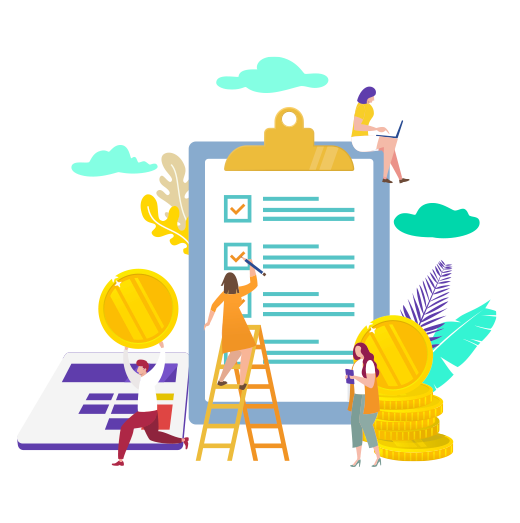
- Home
- Global Payroll
- 7 Things to Consider Before You Select Your Next Payroll System in Australia
7 Things to Consider Before You Select Your Next Payroll System in Australia
Published :

Unlike the past when payroll management was seen as a cost to the company and involved manual payroll processes, payroll is now a key business investment vital to the success of any business.
Australia has a robust business environment, but in the new norm of digital operations, the landscape is constantly changing. Companies all over Australia, as well as those that have operations within as well as outside the country, are looking at advanced technical support for their operations, and that includes a robust, compliant and efficient payroll system.
So before you consider implementing a new payroll solution, consider the following factors to ensure you’re on the right track:
Accurate payroll processing, strict leave management and employee empowerment can be major contributors to ROI . The savings from advanced payroll system vary from 0.5% to 1.5% of the annual payroll expenditure. The initial investment in the technology must be therefore considered from the perspective of the potential savings that would be accumulated over the years.
Payroll management is a skilled process, and your payroll officer is the right person to understand your business needs. By making payroll professionals part of the purchase process, companies can take care of their specific needs, and you also get to familiarise end-users with the software that they will be working on.
Australian tax and compliance laws constantly change. There are initiatives like Single Touch Payroll (STP) and STP 2 for which companies need to comply. By establishing a partnership with a payroll system provider, you can be assured of long-term, reliable and qualitative support for the business.
As with all other technology-related needs, what works best today might not be good enough 2 or 3 years down the line. Companies need to carefully anticipate and plan for the future needs of the business as it grows. Make projections for 5 or 10 years in the future and select a payroll system that would offer you additional modules and upgrades should the need arise.
Every country has its own set of regulations which Companies need to comply with. In Australia, a payroll system must be Single Touch Payroll (STP) compliant and ATO certified. In case of a global enterprise, the right software would not only take care of these needs but also all local tax compliances in all countries. Non-compliance with these regulations can cause a company immense legal trouble including penalties and fines. Ramco’s global payroll solution is compliant across 60+ countries.
A fragmented payroll system is not ideal. The right solution should offer you a single-window operation with a fully integrated database. Ramco’s payroll system offers holistic experience including core HR, Payroll, Time and Attendance and employee expenses module integrations. This type of a holistic solution augurs well for all businesses.
The payroll system is usually a complex software, and you need to invest in an experienced payroll management team and ongoing training to streamline and optimise performance.
By making a well-informed choice, you can deploy a payroll system that will enable you to keep the promise of paying your employees the right pay at the right time.
Enterprise asset management (EAM) involves the management of mission critical assets of an organization throughout each asset's lifecycle. EAM is used to plan, optimize, execute, and track the needed maintenance activities with the associated priorities, skills, materials, tools, and information. The aim is to optimize the quality and utilization of assets throughout their lifecycle, increase productive uptime and reduce operational costs.
Enterprise asset management (EAM) involves the management of the maintenance of physical assets of an organization throughout each asset's lifecycle. EAM is used to plan, optimize, execute, and track the needed maintenance activities with the associated priorities, skills, materials, tools, and information.
The software helps in effective maintenance of assets through preventive, predictive, shutdown and breakdown maintenance strategies. The system also helps enterprises mitigate equipment risks by enhanced safety standards. The streamlined operations and improved asset performance helps organizations increase their investment effectiveness.
EAM is important because it helps organizations track, assess, manage and optimize asset quality and reliability. Asset intensive Organizations have hundreds, thousands, even millions of assets which needs to be maintained to maximize / optimize life of these assets to increase the return on investment.
The key features of effective EAM are:
Asset Intensive companies under the following Industries :
Contact us for a meeting and schedule a demo
This differs on case to case basis, based on the type of installation and unique industry specific requirements. Contact us for a meeting and schedule a demo.
This differs on case to case basis, based on the type of installation and unique industry specific requirements. Contact us for a meeting and schedule a demo.
Stay Connected, follow us on LinkedIn / Twitter to know more about EAM Software latest trends.

All Rights Reserved. © Copyright 2024. Ramco Systems.